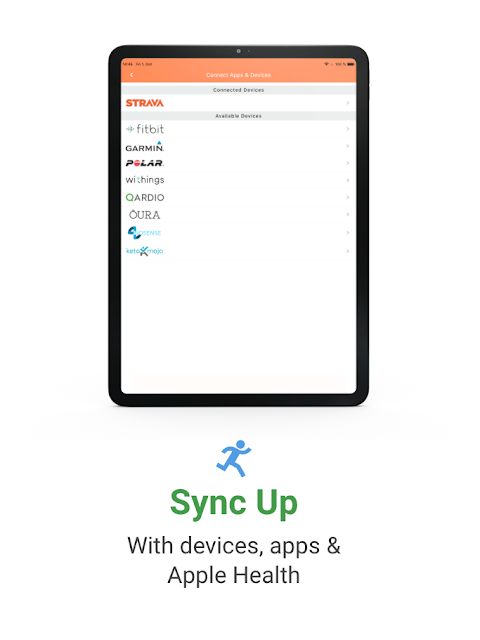

- #Cronometer net calories install#
- #Cronometer net calories update#
- #Cronometer net calories download#
make -j1 run-tests to build and run all tests.make doxygen to generate the documentation.make (If you want the tests/examples/etc.git in the projects root directory, otherwise the build will fail. If you choose the second option, you have to manually create a folder named.
#Cronometer net calories download#
Either use git clone or download from the releases.
#Cronometer net calories install#
Install any potential dependencies for the plugins you need. To automatically build and install to your Qt installation, run: If you don't have/need cmake, you can ignore the related warnings. Build it yourself! Note: This requires perl to be installed. 
Note: You will have to add the correct ones yourself and may need to adjust some paths to fit your installation!
Download the compiled modules from the release page. Continue the setup and thats it! you can now use the module for all of your installed Kits for that Qt. You can install either all of my modules, or select the one you need: Qt Autoupdater. A new entry appears under all supported Qt Versions (e.g. Start the MaintenanceTool from the commandline using /path/to/MaintenanceTool -addRepository with one of the following urls (Alternatively you can add it via the GUI, as stated in the previously linked GUI):. Simply add my repository to your Qt MaintenanceTool (Image-based How-To here: Add custom repository):. IMPORTANT: Due to limitations of homebrew, you must run source /usr/local/opt/qtautoupdater/bashrc.sh before you can use the module. Arch-Linux: AUR-Repository: qt5-autoupdater. Package Managers: The library is available via:. There are multiple ways to install the Qt module, sorted by preference: Typically the package managers and/or libraries associated with that plugin The plugins have different requirements. The quick library requires Qt Quick Controls 2. The widgets library only depends on QtWidgets. The core library only depends on QtCore. The first row shows elements from the widgets module, the second from quick Element These are various parts of the GUI in various different styles. Here some random sample screenshots of the gui (The rocket of the information dialog is the "application icon" and depends on your application). Prepared for translation and fully translated for:. A custom menu action and button for easy integration into the GUI. #Cronometer net calories update#
extended information dialog or simple dialog to show basic information about the update.
 customizable: you can decide what to show. based on a configuration and guide the user through the update process Automated classes that show dialogs etc.
customizable: you can decide what to show. based on a configuration and guide the user through the update process Automated classes that show dialogs etc. 
Applies for both, the widgets and the quick GUI.A custom backend that checks for updates based on a HTTP-request and can download and execute any update tool.Chocolatey (A package manager for Windows).PackageKit (Works with most linux package managers).Qt Installer Framework (For cross platform desktop).Currently 7 different backends are supported:.Simple update scheduling mechanism for the running instance.Install updates in parallel or after exit.Use the Porting Guide to get your application from 2.1 to 3.0! Features Core Library The library was recently updated to version 3.0. A library with the basic updater (without any GUI).The Qt auto updater library is a library to automatically check for updates and install them based on various backends.








 0 kommentar(er)
0 kommentar(er)
